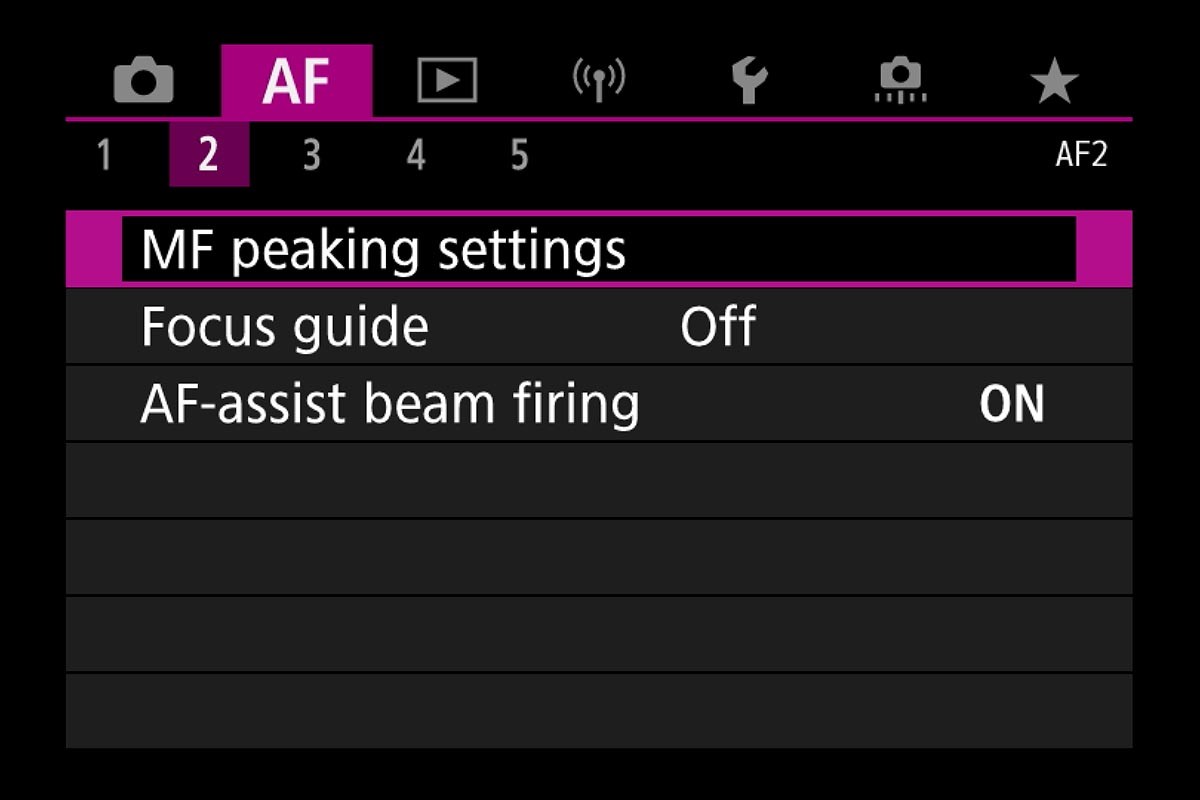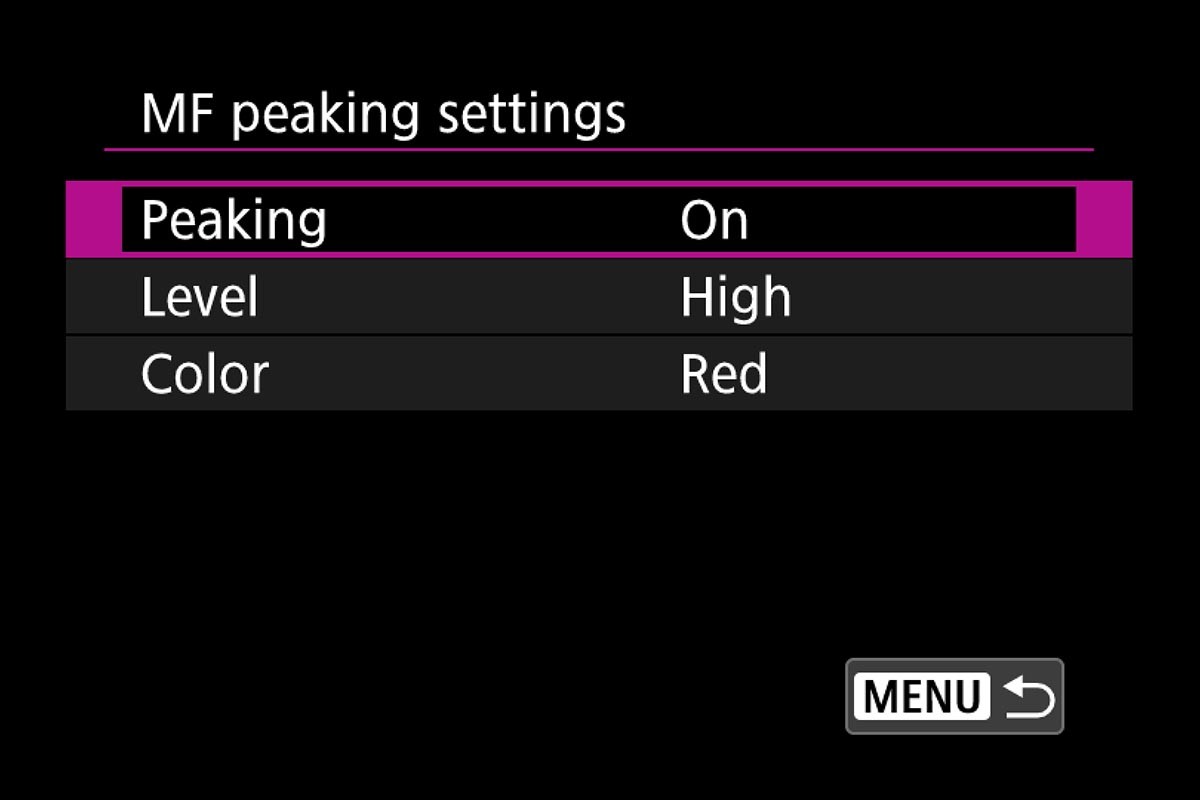The choice of EF lenses for EOS cameras is huge: focal lengths range from 8mm to 800mm. There are special lenses for the EF mount, such as the TSE tilt-and-shift lenses or the MP-E 65 magnifying lens. Canon lens adapters for the EOS R system allow EF lenses to be used with EOS R cameras without restriction.
Why are adapters necessary? The newly developed RF lens mount for the EOS R system has a shorter flange focal distance than the EF mount on mirror-equipped EOS cameras. With DSLRs, the distance between the sensor and the lens mount is 44mm. With the EOS R system cameras it is only 20mm. Although the bayonet diameter remains the same at 54mm, the smaller distance means that EF or EF-S lenses cannot be mounted directly on an EOS R camera.
The Canon solution is an adapter that compensates for the missing 22mm depth. The three EF-EOS R adapters allow SLR lenses to be used on an R camera. Not only does this work with EF lenses, but also with EF-S lenses, which can now be used on a full-frame mirrorless EOS R system camera. The camera recognises EF-S lenses, with the sensor automatically 'cropping' by a factor of 1.6 to account for the smaller image circle of EF-S lenses. Thanks to the adapter, moving from an EOS DSLR with an APS-C sensor to an EOS R system camera with a full-frame sensor becomes even more interesting.
The performance of the lenses is not compromised by the adapter: Focus speed and image quality remain the same. There are also no restrictions when it comes to the dust and splash protection of the L lenses.



